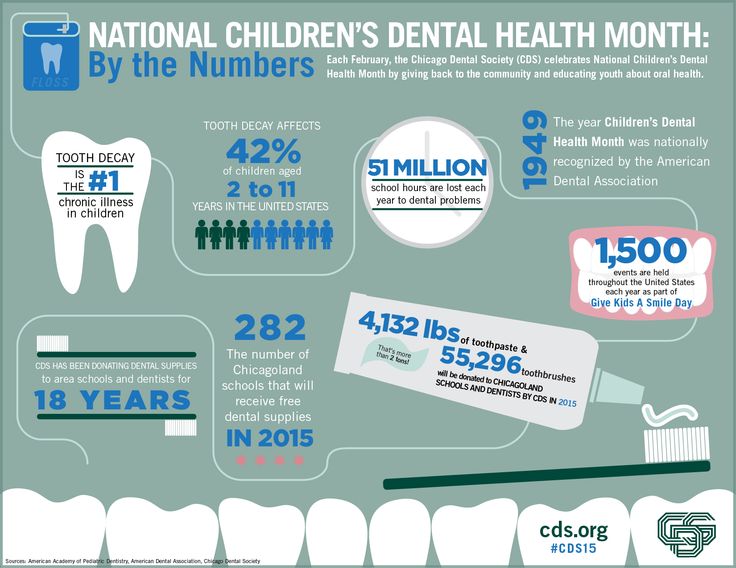
Why should we get a diet rich in vegetable nutrition?
Fresh vegetables endowed with almost all of the nutritional principles that our body requires. The health benefits of vegetable nutrition are enormous. They are a good source of vitamins, minerals, antioxidants and dietary fiber.
• Vegetables, like fruits, are low in calories and fats but contain good amounts of vitamins and minerals. All the Green-Yellow-Orange vegetables are rich sources of calcium, magnesium, potassium, iron, beta-carotene, vitamin B-complex, vitamin-C, vitamin-A, and vitamin K.
• As in fruits, vegetables too, are home for many antioxidants. These health benefiting phytochemical compounds firstly; help protect the human body from oxidant stress, diseases, and cancers, and secondly; help the body develop the capacity to fight against these by boosting immunity.
• Additionally, vegetables are packed with soluble as well as insoluble dietary fiber known as non-starch polysaccharides (NSP) such as cellulose, mucilage, hemi-cellulose, gums, pectin…etc. These substances absorb excess water in the colon, retain a good amount of moisture in the fecal matter, and help its smooth passage out of the body. Thus, sufficient fiber offers protection from conditions like chronic constipation, hemorrhoids, colon cancer, irritable bowel syndrome, and rectal fissures.
Why eat Fruits?
Fruits are nature’s marvelous gift to the humankind; indeed, they are life-enhancing medicines packed with vitamins, minerals, antioxidants and many phytonutrients (Plant-derived micronutrients). They are an absolute feast to our sight, not just because of their color and flavor but of their unique nutrient profile that helps the human body be fit, rejuvenate, and free of diseases!
1. Fruits are low in calories and fat and are a source of simple sugars, fiber, and vitamins, which are essential for optimizing our health.
2. Fruits provide plenty of soluble dietary fiber, which helps to ward off cholesterol and fats from the body and to help in smooth bowel movements as well as offer relief from constipation ailments.
3. Fruits compose of many antioxidants such as polyphenolic flavonoids, vitamin-C, and anthocyanins. These compounds, firstly help human body protected from oxidant stress, diseases, and cancers, and secondly; assist the body in developing the capacity to fight against these ailments by boosting our immunity level. Many fruits, when compared to vegetables and cereals, have very high anti-oxidant values, which measured regarding their “Oxygen Radical Absorbent Capacity” or (ORAC).
4. Anthocyanins are flavonoid category of polyphenolic compounds found in some “blue-fruits” like blue-black grapes, mulberries, acai berry, chokeberry, blueberries, blackberries, and in many vegetables featuring blue or deep purple pigments. Consumption of fruits rich in blue pigments offers many health benefits. These compounds have potent antioxidant properties that help remove free radicals from the body, and thus provide protection against cancers, aging, and infections. A majority of these pigments in the fruits tend to concentrate just underneath their skin.
5. Fruit’s health benefiting properties are because of their richness in vitamins, minerals, micro-nutrients, pigment anti-oxidants. Altogether, these compounds help the body prevent or at least prolong the natural changes of aging by protecting from damage and rejuvenating cells, tissues, and organs. Their overall benefits are manifold! Fruit nutrition benefits are enormous! The inclusion of fruits in the daily diet help you protect from minor ailments like wrinkling of skin, hair fall, and memory loss. In the long run, they help avert major diseases like age-related macular degeneration (AMRD) of the retina in the eyes, Alzheimer’s disease, colon cancers, weak bones (osteoporosis)…etc., and this list of fruit nutrition benefits simply never ends!
How much fruit nutrition should be included in our daily diet?
Research studies suggest that one may eat any servings of fruits daily. It is recommended to eat at least 2-3 servings of fresh fruits every day. The term, “one fruit serving” is about 250 g of cleaned, “edible-portion” of the fruit, excluding discards like the peel, seeds, etc. Include seasonal fruits in the daily diet. Varieties of fruits types, color, and different flavored should be encouraged to get maximum health benefits.
Although all kinds of food are extremely essential for a healthy living, daily supplements from meat, poultry and fish are equally essential. The non-vegetarian food products which include meat, fish, and poultry, provide us with some of the important proteins which our body needs for it’s overall growth.
Nutrition from Meat:
An important necessity of the body is the amino acids. Animal meat is merely a source – a delivery system – of amino acids. So are eggs and other protein sources. Meat contains more myoglobin than chicken or fish. The main determinant of the color of meat is the concentration of myoglobin. While red meat is a good source of complete protein and iron, its regular consumption presents several health risks, largely due to the saturated fat content of many cuts. Recent studies indicate that red meat could pose a notable increase in cancer risk. Eating cooked red meat may increase the likelihood of cancer because carcinogenic compounds called heterocyclic amines are created during the cooking process. Red meat has a high content of saturated fat, which is associated with cardiovascular diseases. Still low quantities of meat can often be good for health.
Nutrition from Fish:
It is well known that the omega-3 essential fatty acids found in fish, especially oily fish from cold waters, have many health benefits. Omega-3 essential fatty acids will:
• Help reduce inflammation
• Decrease the likelihood of developing cardiovascular disease
• Help to control our cholesterol
• Help people with depression and anxiety disorders
• Help infants’ brains and eyes to develop and function properly
• Help to heal dry skin If you are pregnant or nursing, use nutritional supplements to get your omega 3-essential fatty acids.
It just isn’t worth taking a chance on passing the mercury to your baby. For the rest of us, if you are an adult and healthy, then you can eat two or three servings of oily ocean fish per week
Nutrition from Poultry:
Eggs are better than meat as far as the protein content is considered. In every test of protein value (NPU, Biological Value, etc.), egg tests out better than meat, usually 8-10% better. The reason for this superiority is the same reason milk protein is so highly regarded. Egg supports tissue and vital compound growth at very high levels in nature. The egg is the ideal packet of protein/energy and other nutrients throughout the natural world. Wild predators, including man and wolves, love to come across eggs – a real treat and survival booster. The protein in raw eggs are only 51% bio-available, whereas a cooked egg is nearer 91% bio-available, meaning the protein of cooked eggs is nearly twice as absorbable as the protein from raw eggs. More than half the calories found in eggs come from the fat in the yolk; a 100 gram chicken egg contains approximately 10 grams of fat. People on a low-cholesterol diet may need to reduce egg consumption, although most of the fat in egg is unsaturated fat and may not be harmful. The egg white consists primarily of water (87%) and protein (13%) and contains no cholesterol and little if any, fat. However, an extremely large intake of egg increases cardiovascular risk in diabetic patients.



